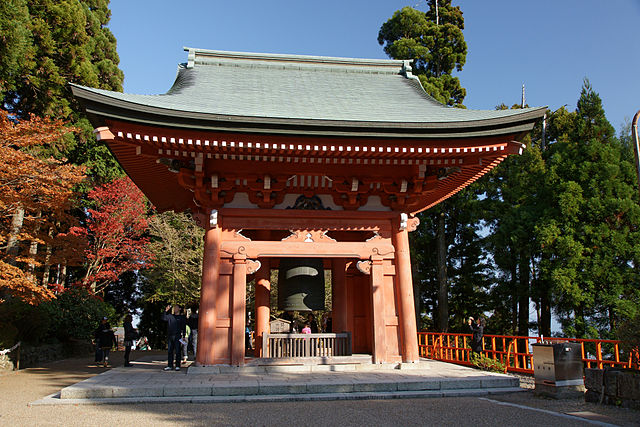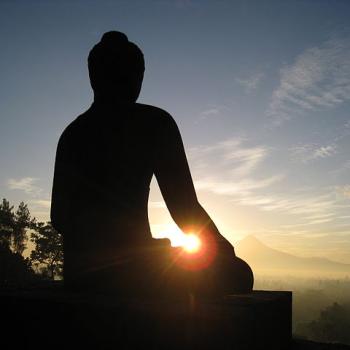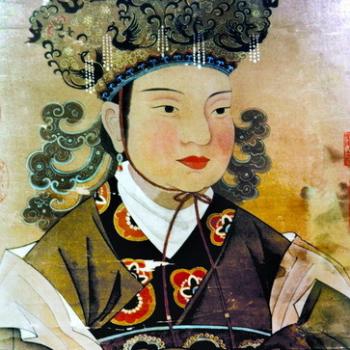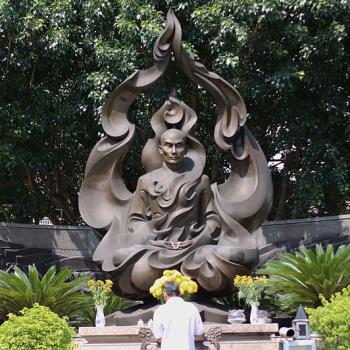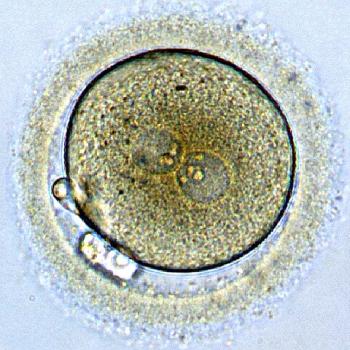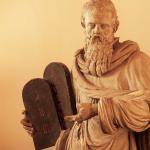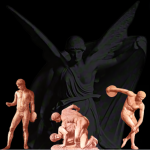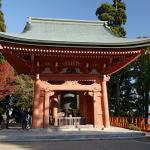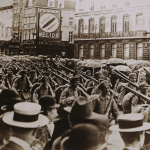The marathon monks of Enryakuji, a historic Buddhist temple complex in Japan, are famous for a grueling physical and spiritual challenge that’s been called the world’s toughest ultramarathon. Enryakuji was built on Mount Hiei, overlooking Kyoto. Mount Hiei is covered by lush forests and winding trails. It is the headquarters of the Tendai school of Japanese Buddhism. And for centuries the monks of Enryakuji have walked, jogged, and run those trails as part of a tradition called kaihogyo, the “practice of circling the mountains.”
It’s said the entire challenge requires traveling on foot for at least 24,000 miles, or more than 38,000 kilometers. This is roughly the circumference of the earth. The monks who take on the challenge have been nicknamed the “marathon monks.” Formally the marathon monks are called gyoja.
The 24,000-plus miles of the kaihogyo must be completed within a thousand days. But the thousand days are spread out over seven years. The official season for the kaihogyo is from March 28th to July 5th. In the first three years of the kaihogyo, a gyoja will travel a 19-mile on Mount Hiei path every night for 100 nights some time within that season. For the remaining four years, the distance and number of nights are increased.
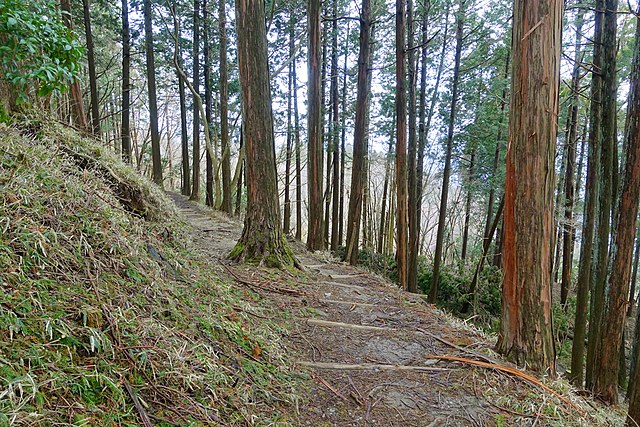
Marathon Monks: The Kaihogyo
The gyoja’s “day” begins at midnight, when he is awakened to attend a service in the Buddha hall. he dresses in white robes, as he will be dressed some day for his funeral. After the service he may eat a simple meal, such as miso soup and rice balls. On his feet are straw sandles that will quickly fall apart in rain or snow.
The gyoja will leave the temple about 2 a.m., carrying a lantern to find his way on the trails and a book of the prayers he is required to recite. He also carries a sheathed knife. It was traditional for a gyoja who could not complete the course to commit ritual suicide on the spot. I understand no one has done that for a while, but back in the old days those who gave up were buried in unmarked graves where they were found. The successful marathon monk usually returns to the temple in time for breakfast and morning chores. He’ll go to bed by 8 o’clock that evening to get a little sleep before the next night on the mountain.
All Tendai monks and nuns are expected to do at least one night of kaihogyo. Completing the first hundred nights is a requirement for any monk who wishes to serve as an abbott some day. Most monks of Enryakuji who take on the kaihogyo stop after year one. But a few push themselves to keep going. Years two and three follow the same schedule as year one. In the fourth and fifth years, the course must be traveled for 200 nights instead of 100, and monks will finish in October instead of July.
Marathon Monks: The Challenge Continues
At the end of the 200th day of the fifth year, the monk begins the doiri. During the doiri the monk does not eat, drink, or sleep for seven and a half days but must sit upright, chanting mantras under the watch of attendants who will wake him up if he collapses. The doiri brings the monk to the brink of death. In fact, it is recorded that monks have died attempting it, usually of dehydration.
Yet the challenge is not complete. During a sixth year the monk walks or runs 37.5 miles nightly for 100 days. In the seventh the monk runs 52.5 miles through the streets of Kyoto every day for 100 days. Note that an Olympic marathon is just over 26 miles. To accomplish this, the monk starts his journey from the temple on Mount Hiei about 12:30 a.m., takes the usual trail, then travels down the mountain to Kyoto. Some time in the late afternoon he will arrive at a temple in Kyoto where he can rest for a time. Then at 1 a.m. he leaves that temple to travel the reverse course back up Mount Hiei. Along the way the monk will bless many people who see him as a source of great spiritual power. I have read also that in modern times the monk is accompanied by an attendant carrying a folding chair so that he can sit at traffic lights.
The final 100 days involves more long nights of running on the mountains. Those who make it to the morning of the very last day might find a television camera crew waiting for them. According to extant records, only 51 monks have completed the entire challenge in the past 450 years. The most recent I could find is a monk named Mitsunaga, who completed the thousand days in 2009. How many have died trying is not recorded. And no, there is no record of nuns attempting the entire kaihogyo. They probably weren’t permitted.
And the Point of This Is …
Buddhism is not normally a tradition of extreme acesticism; the monks of Mount Hiei are an exception. A monk named Sōō Kashō (831-918) is credited with founding the tradition of kaihogyo. although the form it has now probably dates to the 16th century. Sōō is remembered as an ascetic who venerated all things, including stones and blades of grass, as manifestations of the Buddha. Here is a verse attributed to him:
The mountain itself is a mandala.
Practice self-reflection intently amid
the undefiled stones, trees, streams and vegetation,
losing yourself in the great body of the Supreme Buddha.
Kaihogyo brings the monk to the brink of death, probably more than once. This also brings about a kind of spiritual death of the small, finite, limited self, “losing yourself in the great body of the Supreme Buddha.” In most schools of Buddhism enlightenment is defined as the intimate realization of the true nature of reality, including the true nature of the self.
In his book The Marathon Monks of Mount Hiei (Echo Point Books, 2013) author John Stevens wrote, “The most admirable thing about the Hiei gyoja is their warmth, open-heartedness and humanity. … Facing death over and over, the marathon monks become alive to each moment, full of gratitude, joy and grace.” Stevens is also a physician and provides insightful details into how the monks prepare their bodies for the challenge.
About Enryakuji and the Tendai School
Tendai is the Japanese form of Tiantai, a Chinese school of Mahayana Buddhism founded by Zhiyi (538-597). Tiantai is known for its veneration of the Lotus Sutra as the highest expression of the Buddha’s teaching. It is also known for classifying the teachings of all schools in a way that explained discrepancies and synthesized the many teachings and practices into a coherent whole.
The Japanese monk Saichō (767-822), after several months studying in China, brought Tiantai Buddhism to Japan in 806. Before leaving for China, Saichō had already founded a community of monks on Mount Hiei, and this community would become Enryakuji. In the centuries that followed the Tendai school and its temple enjoyed the favor of the imperial court, and Enryakuji became the most important center of Buddhist learning in Japan. At its peak it was a huge complex of thousands of buildings housing up to 25,000 monks. But as mentioned in an earlier post, in 1571 the temple complex was destroyed by an army of samurai led by the warlord Oda Nobunaga (1534-1582). Nobunaga’s army leveled the buildings and left the bodies of slaughtered monks scattered on the mountain.
Enryakuji was rebuilt, but on a smaller scale than before. Today Tendai Buddhism is the third largest school of Buddhism in Japan.
